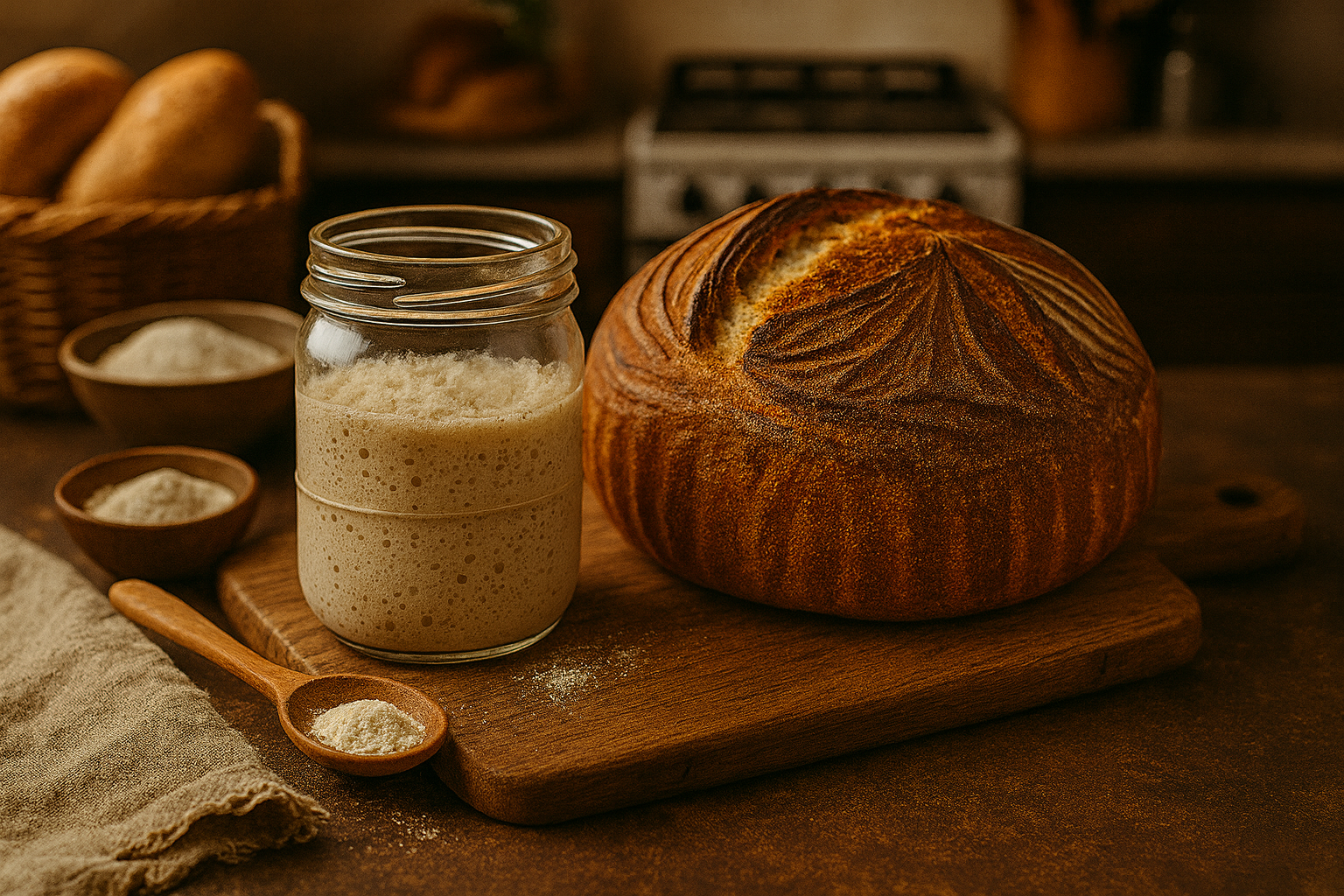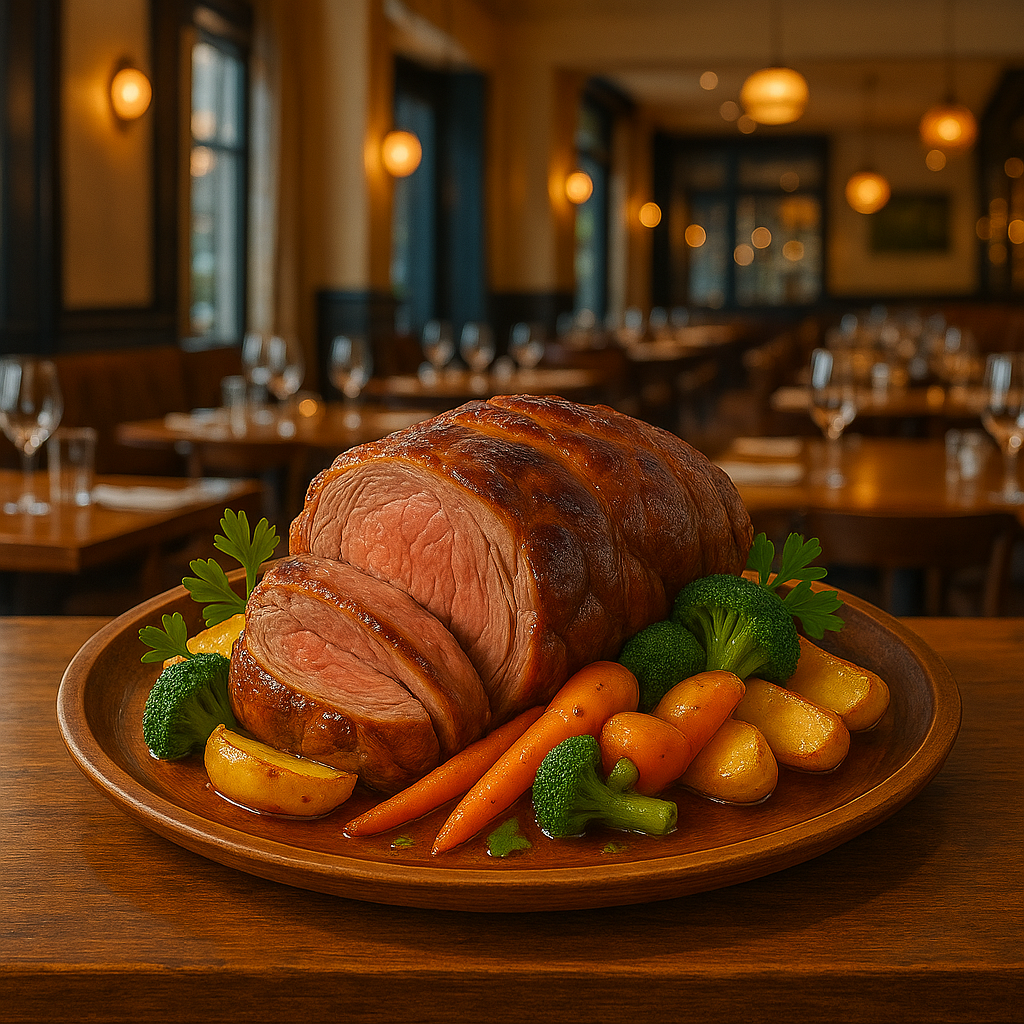Table of Contents
Introduction to China’s Street Food Culture
China’s street food culture is a vibrant tapestry of flavors, techniques, and traditions that reflects the rich diversity of its regions and people. Each city and province boasts its own unique specialties, which are often deeply rooted in local history and cultural practices. As one navigates through bustling streets and lively night markets, the alluring aroma of grilled meats, fresh vegetables, and spicy sauces fills the air, calling both locals and visitors alike to indulge in a culinary adventure.
Street food stands as a crucial aspect of everyday life in China, offering a plethora of choices that cater to all palates while also providing an accessible dining option. Whether it is a quick snack before work, a late-night treat after a long day, or a social gathering with friends and family, street food permeates social settings and fosters community connections. The shared experience of enjoying delicious dishes in open-air markets enhances cultural ties, making food a central component of interactions among vendors and patrons.
Night markets, in particular, are a legendary aspect of Chinese street food culture. These vibrant hubs come alive after sundown, transforming the urban landscape into a feast for the senses. As stall owners showcase their culinary skills, customers are treated to an array of options from savory dumplings and spicy skewers to sweet, sticky desserts. The lively atmosphere, enhanced by the sounds of laughter and conversation, contributes to the quintessential Chinese night market experience. Each dish tells a story, connecting diners to the customs and traditions of the region from which it hails. Overall, exploring China’s street food culture reveals an essential part of the culinary landscape, inviting everyone to relish in its richness and diversity.

The Vibrant Atmosphere of Night Markets
Chinese night markets are renowned for their dynamic atmosphere, filled with a rich tapestry of sensory experiences that captivates locals and tourists alike. Upon entering, visitors are often greeted by a symphony of sounds—vendors enthusiastically calling out to potential customers, the sizzling of food being cooked on hot stoves, and groups of people chatting animatedly. This lively ambiance establishes a sense of excitement and anticipation, as individuals explore the many stalls offering diverse food choices.
The sights at the night markets are equally remarkable. Colorful stalls bursting with an array of culinary delights create a visual feast that invites exploration. From skewers of meat to vibrant vegetables and fragrant desserts, each vendor presents their offerings in an enticing fashion. The use of bright lights further enhances the vibrant atmosphere, allowing the rich colors of the food to stand out against the setting of dusk. Wandering through these bustling spaces, one encounters an eclectic mix of the traditional and the modern, showcasing the enduring significance of food in Chinese culture.
Moreover, the night markets serve as vital social hubs in their communities, where individuals come together to eat, converse, and enjoy the company of friends and family. The communal nature of these markets fosters an environment where cultural exchange thrives, as people share not only food but stories and experiences. This aspect of social interaction emphasizes the importance of food in building community ties and preserving cultural heritage. The energy and vibrancy found within the night markets reflect the heart of Chinese society, making them indispensable to the cultural landscape.
Iconic Street Food Dishes to Try
China’s vibrant street food scene is a reflection of its rich culinary heritage, offering a plethora of iconic dishes that tantalize the taste buds. One cannot visit the bustling night markets without indulging in Jianbing, a popular Chinese crepe made from a batter of wheat and mung bean flour. This savory delight is typically filled with eggs, scallions, coriander, and crispy wonton skins, all drizzled with a variety of sauces. The combination of textures and flavors creates a satisfying experience, making Jianbing a must-try for any street food enthusiast.
Another delectable option is the skewered meats, which are a ubiquitous sight at night markets. Often marinated in a blend of spices and grilled over open flames, these skewers can feature lamb, chicken, or even seafood. Each vendor has its secret marinade, lending a unique flavor profile to the dishes. Accompanied by a sprinkle of pepper and cumin, these skewers offer a tantalizing burst of flavor that epitomizes the essence of Chinese street food culture.
For those who prefer a stuffed delight, Baozi, or steamed buns, should not be overlooked. These soft and fluffy buns are typically filled with a mixture of minced pork, vegetables, or other scrumptious fillings. Each bite releases a juicy burst of flavor, and they are ideally enjoyed warm. Vendors selling Baozi can be found at nearly every night market, each presenting a different take on this beloved staple. The ease of consumption and comforting taste of Baozi make it a favorite among locals and tourists alike.
As one navigates through the vibrant stalls, these iconic street food dishes offer a glimpse into China’s diverse flavors and cooking traditions, making them essential stops on any culinary adventure.
Regional Variations of Street Food
China’s vast geographic expanse and rich cultural heritage contribute significantly to the remarkable variations found in its street food. Each province boasts its own unique flavors, ingredients, and cooking techniques, making street food a diverse experience that reflects the local culinary traditions. One of the most renowned regions for its street food is Sichuan, famous for its bold and spicy dishes infused with garlic and chili oil. Here, food vendors serve mouthwatering treats such as spicy fried chicken and mapo tofu, showcasing the region’s penchant for heat and aromatic seasonings that tantalize the taste buds.
In contrast, Guangdong province offers a different street food landscape characterized by subtle and delicate flavors. Cantonese street food emphasizes freshness, with dishes like dim sum and cheung fun (rice noodle rolls) being popular choices among locals and tourists alike. The use of fresh seafood and seasonal vegetables highlights the province’s coastal geography, making each bite a delightful experience of lightness and taste. Such culinary distinctions underline the significance of regional ingredients in shaping the street food scene.
Beijing, the capital of China, stands out with its iconic offerings such as jianbing (savory crepes) and Peking duck pancakes. The capital’s street food reflects its rich history and imperial past while remaining accessible to everyday citizens. The blend of textures and flavors in these dishes provides an inviting taste of the city’s cultural legacy. Overall, regional variations in Chinese street food allow for a rich exploration of local identities, where each province introduces its unique spin on traditional recipes, making the street food experience a journey through China’s magnificent culinary landscape.
Street Food Safety Tips
When embarking on a culinary adventure through the vibrant night markets of China, ensuring food safety is of paramount importance. Street food is a significant part of Chinese culture; however, taking certain precautions can enhance your experience. First and foremost, always choose stalls that demonstrate clear cleanliness. Look for vendors with a tidy workspace and a consistent flow of customers. A busy stall often signifies popular and fresh food—a positive indicator of quality and safety.
Understanding how to identify freshly prepared food is essential for a safe dining experience. Observe the cooking process if possible; food that is actively being grilled, fried, or stir-fried is likely to be fresh. Steer clear of stalls with dishes that have been sitting out for extended periods, as they may pose health risks. Furthermore, consider the type of food being sold. Some dishes are inherently safer than others; for instance, cooked items, such as dumplings and skewers, tend to have a lower risk compared to raw products.
Evaluating hygiene standards is another critical aspect of enjoying street food in China. Vendors who wear gloves or use utensils to handle food typically demonstrate a commitment to hygiene. Additionally, keep an eye out for the vendor’s handling of money and food—if no precautions are taken, it may advise caution. Moreover, be wary of overly exotic foods or those that are not commonly found in street markets; they may not adhere to the same culinary and safety standards that tourists are accustomed to.
Lastly, it is advisable to drink bottled water and avoid ice cubes in beverages, as the quality of water may vary by region. By adhering to these safety tips, you can fully relish China’s spectacular street food offerings while ensuring a secure and enjoyable experience.
The Influence of Street Food on Modern Chinese Cuisine
Street food has long been an essential aspect of Chinese culinary culture, representing both local flavors and communal experiences. As modern dining trends evolve, traditional street food dishes are increasingly making their way into upscale restaurants, illustrating the growing appreciation for these humble yet flavorful offerings. This transition from street stalls to fine dining establishments highlights the significant influence that street food has on contemporary Chinese cuisine.
One of the most notable aspects of this influence is the incorporation of traditional flavors into modern dishes. Chefs are experimenting with familiar street food staples such as jianbing (Chinese crepes), baozi (steamed buns), and skewered meats, reimagining them to cater to sophisticated palates. These chefs often employ contemporary cooking techniques, such as sous vide or molecular gastronomy, to elevate street food classics and create innovative dishes that appeal to a wider audience. This fusion of old and new showcases the versatility of traditional flavors and techniques, creating a dialogue between the past and present.
The rise of street food-inspired dishes in high-end restaurants has also coincided with an increased focus on authenticity and quality among consumers. Patrons are seeking out genuine tastes and experiences, leading chefs to delve into regional street food traditions and ingredients that showcase the rich diversity of China’s culinary landscape. In many cities, tasting menus now feature small plates that pay homage to street food classics, often formed through collaboration with local vendors, thereby supporting enterprise and preserving cultural heritage.
Additionally, the influence of street food has extended beyond cuisine. It has reshaped dining experiences, inspiring casual yet stylish atmospheres in restaurants that reflect the vibrant energy of night markets. As modern Chinese cuisine continues to evolve, it undeniably draws inspiration from the street food scene, forging a deeper connection to cultural roots while simultaneously embracing contemporary culinary trends.
Engaging with Local Vendors: Stories Behind the Stalls
In the vibrant world of China’s night markets, the heart and soul of street food can often be found in the personal stories of the local vendors. These individuals serve not only as purveyors of delicious snacks but also as storytellers who enrich the culinary experience with their unique narratives. Many vendors have deep-rooted connections to their food cultures, often inheriting recipes and techniques from generations past. Their passion not only fuels their business but also fosters a deep sense of community among patrons and fellow vendors alike.
Take, for example, Mr. Zhang, who has been serving steaming bowls of hand-pulled noodles for over thirty years. He often shares stories of his grandmother, who taught him the delicate art of noodle-making. His favorite dish, the signature beef noodle soup, is more than just a recipe—it’s a tribute to his family’s history and a celebration of his heritage. Each bowl is infused with memories, making it a comforting experience for customers who return time and time again.
Similarly, Ms. Li, known for her spicy dumplings, reflects on her childhood spent in a rural village, where street food was a communal activity. Inspired by the warmth and connection of sharing meals, she has built her stall into a gathering place, where strangers become friends over a plate of her unforgettable dumplings. Her commitment to using fresh, locally sourced ingredients highlights her dedication to sustainability, adding yet another layer to her establishment’s story.
Each vendor at the night markets embodies a kaleidoscope of experiences, dreams, and culinary passion. Their stalls are not just places to grab a quick bite; they are vibrant hubs rich with history and culture. Engaging with local vendors allows travelers to gain a deeper understanding of the street food scene in China, transforming a simple meal into a shared moment that reflects the community’s identity and resilience. As visitors savor these unforgettable dishes, they leave with not just satisfied appetites but lasting memories of the stories behind the food.
Cultural Etiquette When Eating at Night Markets
Experiencing street food in China, particularly within the vibrant atmosphere of night markets, is not solely about the culinary delights but also an occasion to immerse oneself in local customs and cultural etiquette. Understanding this etiquette is crucial to ensuring a respectful and enjoyable experience while exploring these bustling food hubs.
Bargaining is an integral part of shopping at night markets. As you approach a food stall, be prepared to engage in some friendly negotiation regarding prices. Vendors often mark their items higher than they are willing to accept, anticipating that customers will haggle. It is advisable to start with a lower offer and negotiate upward until you reach a mutually agreeable price. This practice is seen as an essential aspect of commerce in many Chinese markets, and participating in it respectfully can enhance your interaction with local vendors.
Another prevalent custom is sharing food. Dining in groups is common, and it is often encouraged to order a variety of dishes to share among friends and family. This communal approach not only broadens your culinary experience but also fosters camaraderie among diners. Be mindful of using shared utensils for serving dishes from common plates to maintain cleanliness and etiquette.
In terms of table manners, it is important to note that slurping noodles or soup can be considered a compliment to the chef, demonstrating enjoyment of the meal. However, excessive noise should be avoided. Additionally, be prepared to see people eating with chopsticks, and if uncertain about how to use them, do not hesitate to ask for assistance. Displaying respect for these cultural practices will undoubtedly enrich your street food exploration in China and showcase an appreciation for local traditions.
Conclusion: Embracing the Street Food Experience in China
In summary, exploring the vibrant world of street food in China is an enriching experience that transcends mere culinary delight. From the bustling night markets of Beijing to the atmospheric alleyways of Chengdu, each dish serves as a gateway to understanding the local culture and traditions. The tantalizing flavors and diverse offerings available at these food stalls reflect not only regional agricultural practices but also the rich tapestry of Chinese heritage.
Each bite taken from a skewered meat or a steaming bowl of noodles tells the story of the people and communities behind the food. Street food vendors, often families running their small businesses, are not just providing meals; they are sharing a part of their history and their way of life. Engaging with these sellers offers a unique glimpse into the warmth and hospitality inherent in Chinese culture, creating a bond that enriches the overall culinary journey.
Moreover, the experience of savoring street food goes beyond taste; it is about the atmosphere, the sounds, and the interactions that occur within these bustling markets. Gathering with locals and fellow travelers creates a shared experience that fosters community and allows for the exchange of stories and traditions. This sense of connection enhances the enjoyment of the culinary delights and makes each tasting adventure memorable.

As you embark on your street food exploration, remember that it is an opportunity to immerse yourself in the everyday life of the Chinese people. Allow yourself to be open to new flavors, experiences, and friendships. Ultimately, embracing street food in China is an invitation to discover not just the dishes, but the heart and soul of a culture that delights in the simplicity and joy of shared meals. So, when visiting, don’t hesitate—indulge in the street food experience and create lasting memories through food.





